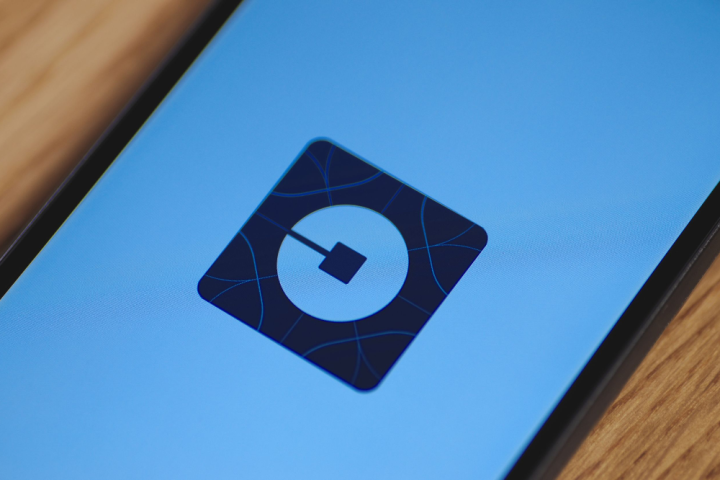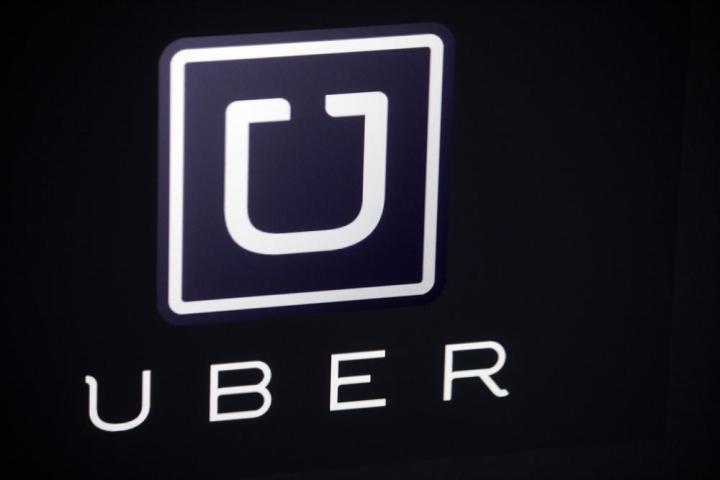
Uber is preparing to release a new logo (shown above), in order to cure two problems with the ridesharing company’s current logo. The new mark uses the company name in a custom typeface, so no one will be confused when they see the logo on a ridesharing car or in marketing materials. People will also likely stop referring to the company’s logo as an “asshole” symbol, according to Dezeen.
Uber worked on the new wordmark with international branding firm Wolff Olins, based in London, New York, and San Francisco.
When Uber introduced the previous logo in 2016, the circular design’s resemblance to a human anatomical orifice, especially when rotated 90 degrees counter-clockwise, drew instant derision from Gizmodo and other publications.

The other complaint about the square-hole-in-a-circle logo was its lack of continuity. The first two Uber logos each had a recognizable U.

The first icon looked like a red magnet.

The company’s black and gray second graphic was more stylized than the original logo, but at least it still resembled a capital U.
Dezeen quoted an Uber statement that the 2016 design had “people wondering where the U went.”
Following market research with Uber’s target market, Wolff Olins worked in conjunction with the rideshare company to determine three guidelines for the new logo. With the new graphic, it would be important to “let in the light, embrace black; invest in a wordmark, not a symbol; bring back the U,” Dezeen noted.
The new wordmark uses high contrast black and white, with a custom typeface, Uber Move, commissioned from MCKL, a Los Angeles type foundry. A wordmark, also called a logotype, is a text-only treatment of a company name with two purposes: identification and branding. Because it has an original graphical representation of a word a wordmark can be registered and protected as intellectual property in the U.S. The wordmark becomes a visual symbol recognizable even by people who do not know the meaning of the word or words.
Uber’s new image will be launched internationally with all Uber services.
Uber has undergone many changes in the past two years. In June 2017 co-founder and former CEO Travis Kalanick resigned his position. Uber invested in self-driving trucks and then shelved that idea to focus on self-driving cars. Earlier in 2018, Uber bought electric bicycle company Jump Bikes and made a significant investment in Lime, an electric scooter company. And now Uber has a new logo.




